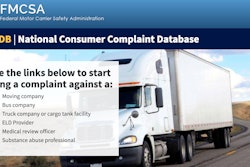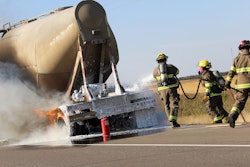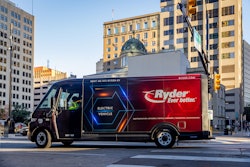The federal electronic logging device (ELD) mandate in Canada has been in effect now for a year, though it has not been fully adopted at the provincial level. While the U.S. has had an ELD mandate since 2018, regulations are regularly changing, making compliance a challenge – even more so for drivers who cross the U.S./Canadian border, working with two sets of regulations.
Solera, which provides risk management and asset protection software, recently hosted an ELD fireside chat webinar with its regulatory compliance experts to share details on the most recent regulations implemented by the Federal Motor Carrier Safety Administration (FMCSA); roadside inspection protocols for drivers; the U.S. vs. Canadian ELD certification process; and how CSA Safety scores can be impacted.
During the webinar, unidentified driving was a hot topic among attendees, and Florence Dougherty, director of product responsible for driving digital innovation and transformation to Solera’s Omnitracs, noted the regulation around it as one of the biggest and most impactful changes to fleets.
According to the FMCSA website, a driver can operate within the 150-air mile radius without logging into the ELD, and then log into the ELD once the vehicle reaches that limit. Driving time within that radius will be identified on the ELD as "unidentified driving" time, which the driver must have an exemption for.
Dougherty said the FMCSA previously offered some flexibility around unidentified driving, allowing for on-duty yard move and off-duty personal conveyance classifications.
“Fleets loved it,” she said, because it gave them a lot more flexibility in adjudicating the unidentified driving and getting that onto a driver's logs as opposed to annotating it after the fact.










